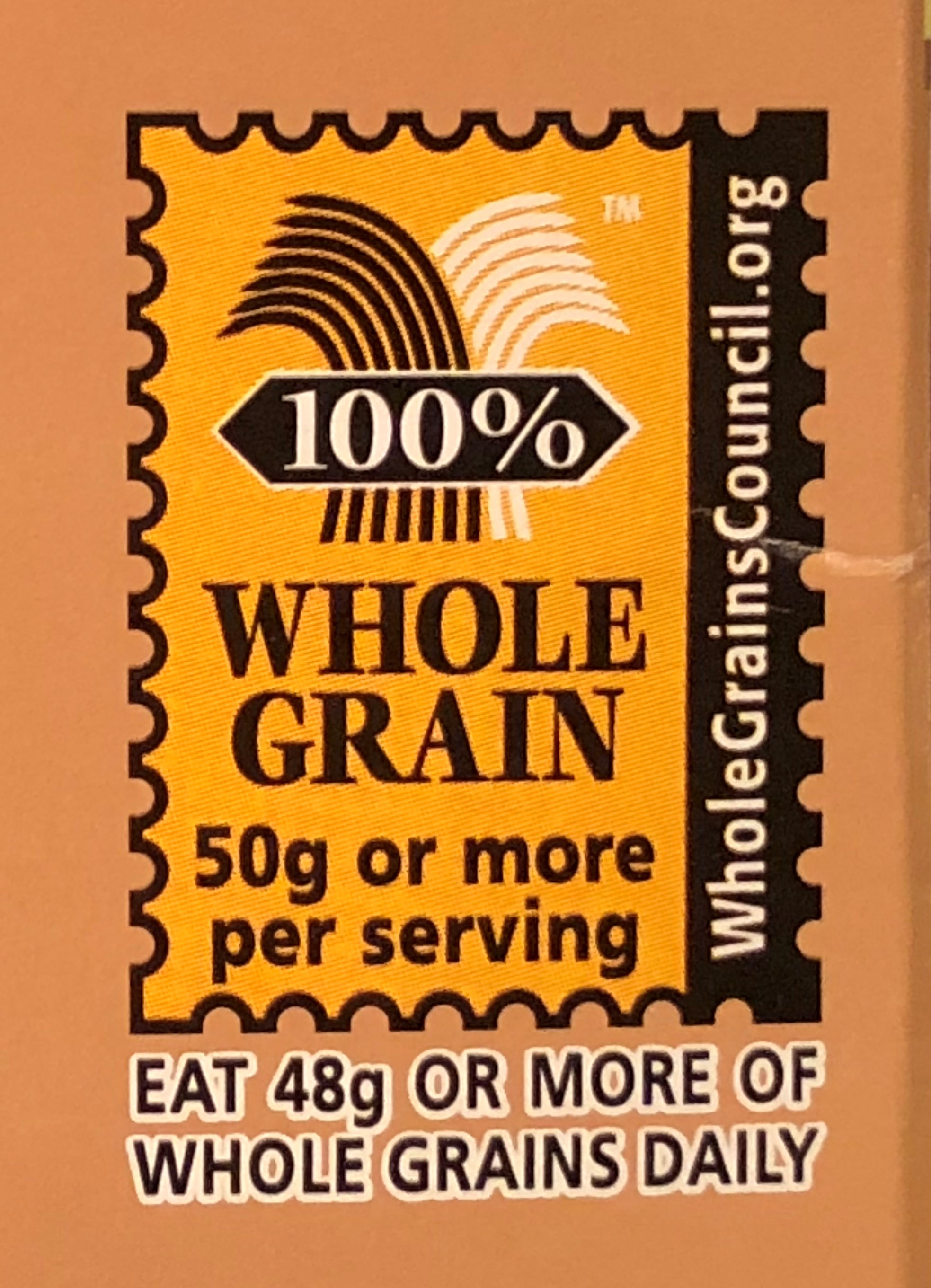
MONITORING DURING COVID-19 TO FLATTEN THE CURVE
Monitoring during COVID-19 to flatten the curve; let’s focus on what we can do.

Monitoring during COVID-19 to flatten the curve; let’s focus on what we can do.

Preventing the spread of illness is a high priority. It’s easy to overlook some high traffic areas.
Help prevent the virus and bacteria spread with this nightly cleaning ritual.

Many Americans are more aware of whole grain food consumption as part of a healthy meal plan. In fact, the International Food Information Council’s 2015 survey found that 67% of those surveyed reported reading product labels for whole grains when shopping for packaged foods.
So, what is a whole grain? A whole grain must contain the germ, the bran, and the endosperm in the same state as it was in the field prior to harvest. Generally, most associate fiber with whole grains. In contrast, a refined grain lacks the germ and the bran that contain the fiber, B vitamins, antioxidants, and minerals. Take whole wheat, for example – it contains the trace minerals iron, zinc, copper, and magnesium, antioxidants, folate, and the following B vitamins – niacin, thiamine, and riboflavin.
Why choose whole grains? The fiber content can help to maintain a healthy weight, as it bulks once consumed, and can make one feel fuller, hence consuming fewer calories. Additionally, the fiber can aid with constipation. Other benefits of eating a diet rich in whole grains include decreasing the risk of developing type 2 diabetes, heart disease, and some forms of cancer due to the nutritional content, namely the antioxidant properties.
How much is enough? Children ideally should consume two servings minimum and adults three servings minimum each day. It is ideal for at least half of the grains you consume to be whole grains. Look for the 100% Whole Grain stamp on labels while shopping. It is a now on over 12,000 products, including cereals, breads, chips, flour, pasta, and so much more, in 58 countries.
Understanding what whole grains are and why choosing them can aid with health and well-being is important. Challenge yourself to look for the whole grain stamp and increase your daily intake, for your health.

Do you have firm water safety practices? Are you a strong swimmer? Do you know Cardiopulmonary Resuscitation (CPR)?
Each May, as the temperature rises, the gravitation to fun outdoor water activities begins. Numerous partners, including the American Red Cross and National Recreation and Park Association, promote Water Safety Month each May.
Encouraging conversations regarding water safety and swimming rules is just part of the resources provided to the public. Promotion of swimming lessons and the use of life jackets as well as basic CPR training is also encouraged. “Florida leads the country in drowning deaths of children ages 1-4 years,” according to the Florida Department of Health. The USA Swimming Foundation states “no child is ever water safe,” rather, they promote swimming lessons to aid in making a child safer in the water. Children should always be supervised by CPR-trained and strong swimming adults while playing in or around water. If you are not a strong swimmer, ask another adult that is to accompany you.
As the supervising adult, create a set of water safety rules and enforce them. NO EXCEPTIONS! Educate yourself and children regarding water safety and do not allow horseplay. If children are not strong swimmers, have them wear a swim vest and request they stay in an area close to you for additional ease of supervision. If you, as the adult, need a bathroom break, everyone needs a bathroom break, meaning everyone exits the pool/water area and no one is left behind. Learn basic CPR and keep a cell phone available to call for help if necessary. Never assume other people are watching as well.
Being proactive can prevent a tragedy. Remember, the basics of water safety and having a plan can be lifesaving. Establish your water activity rules, review them prior to each outing, enforce them, and enjoy a safe summer full of fun water activities.
Are you at risk for developing Type 2 Diabetes? The National Institutes of Health’s (NIH) and Centers for Disease Control and Prevention’s (CDC) annual Diabetes Alert Day is Tuesday, March 27, promoting awareness of Type 2 Diabetes and challenging people to assess their risk for developing Type 2 Diabetes.
Who is at risk? Almost 10% of the population of the United States! Over 7 million Americans are unaware they have diabetes. Additionally, the NIH states, “an estimated 84.1 million Americans aged 18 years or older have prediabetes.”
What is diabetes? The NIH defines diabetes as “a disease that occurs when your blood glucose, also called blood sugar, is too high.” A normal fasting blood sugar (have not had anything to eat or drink for 8 hours except for water) is less than 100 mg/dl when tested using a small blood sample. A prediabetes result would be in the range of 100 mg/dl to 125 mg/dl. Diabetes is a measure of 126 mg/dl or higher.
What does diabetes do to the body? The NIH links increased blood glucose and/or uncontrolled diabetes to other health issues including loss of eyesight, nerve damage, kidney disease and heart disease. The destruction resulting from the prolonged periods of increased blood glucose levels is devastatingly hard on the body as it can no longer make and use insulin effectively to keep blood sugar levels in the bloodstream at a normal level. The most common symptoms associated with diabetes are excessive thirst, tingling in the feet, sores that do not heal, and fatigue. Other symptoms include increased urination, increased appetite, blurred vision, and weight loss.
Diabetes Alert Day is March 27, 2018! Mark it on your calendar, gather friends and family, and take the Diabetes Risk Test together. Embrace the results and make an action plan. Understanding your risk can help you to make positive changes to protect your health. Research has proven that you can reduce your risk of developing diabetes by almost 60% if you lose weight (7% of your body weight if appropriate) and engage in moderate exercise for 30 minutes a day, 5 days a week. Developing healthy lifestyle habits such as swapping sugary drinks for water can go a long way to improving one’s health. Examine your current habits, decide what you feel you can easily adjust and make your plan.
Remembering the old adage, “an ounce of prevent is worth a pound of cure,’ rings particularly true in the case of diabetes. The National Diabetes Statistics Report, 2017 indicated those diagnosed with diabetes seeking care in 2012 spent $245 billion dollars, more than twice the dollar amount for medical care than a non-diabetic.
Don’t be a statistic! Take the Diabetes Risk Test today! Remember, no needles required.